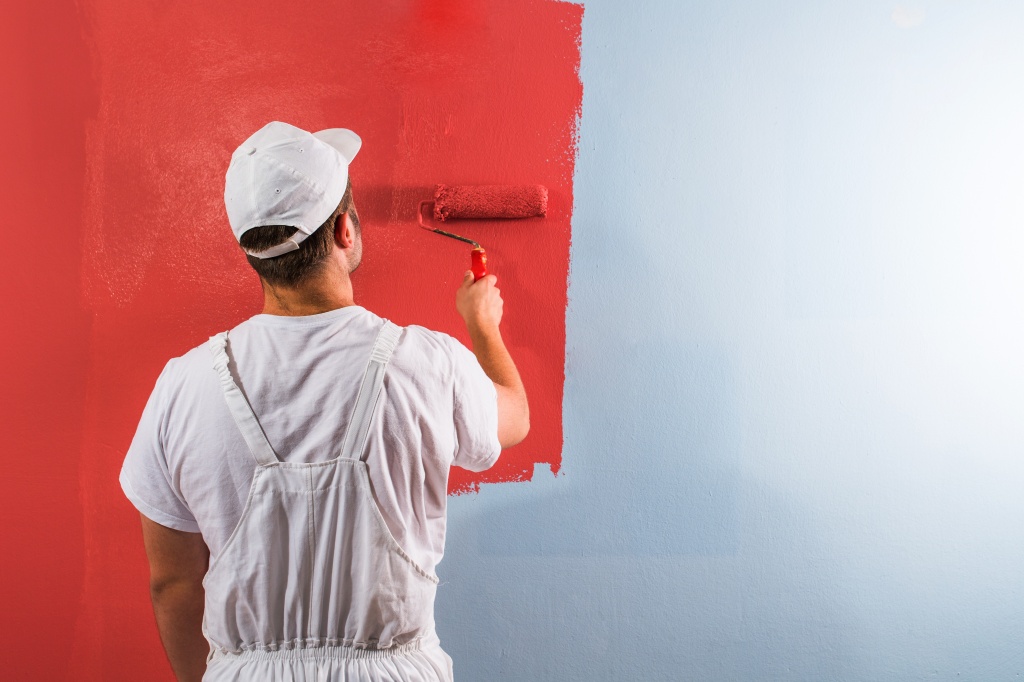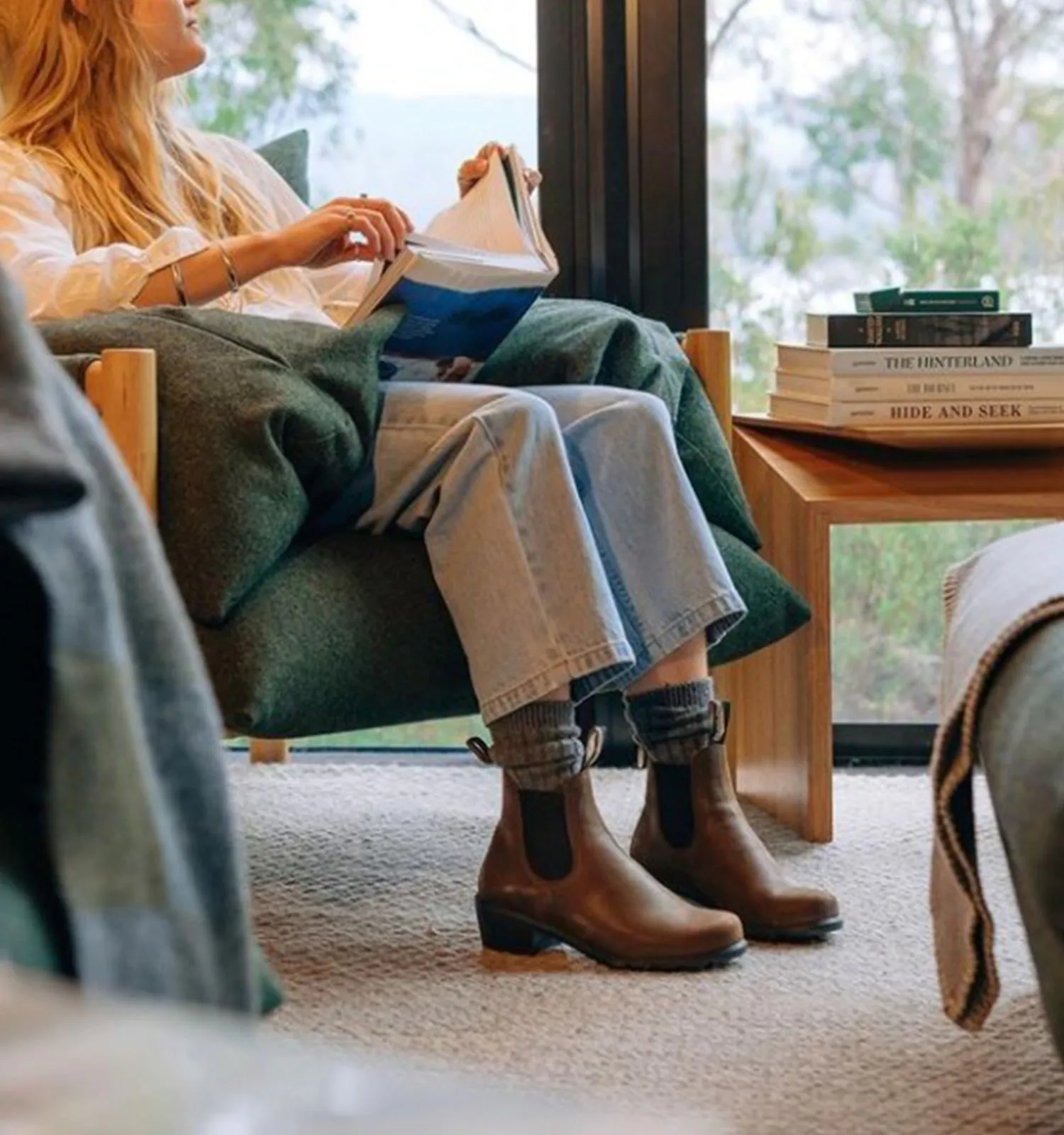
Painting cornices requires a different approach than painting walls or ceilings due to their unique positioning and often intricate designs. These decorative moldings serve as transitional elements between walls and ceilings, and their proper painting can dramatically enhance a room’s aesthetic appeal. Whether you’re working with simple modern coving or elaborate Victorian-era cornices, understanding the proper techniques will help you achieve professional-looking results that last.
Essential Preparation for Cornice Painting
Proper preparation accounts for about 80% of a successful cornice painting project. Begin by thoroughly cleaning the cornice surface to remove years of accumulated dust and grime – a task often overlooked by DIY painters. Use a soft brush attachment on your vacuum cleaner followed by a slightly damp microfiber cloth. Inspect the cornice carefully for any cracks or gaps, which should be filled with a flexible decorator’s caulk.
CHL Painting Service professionals emphasize the importance of allowing caulk to fully cure (typically 24 hours) before painting to prevent shrinkage and cracking. For previously painted cornices showing signs of flaking, careful scraping and sanding creates a smooth surface for the new paint to adhere to. Masking adjacent surfaces requires particular attention – use high-quality painter’s tape and press the edges firmly to prevent bleed-through, especially important when dealing with the crisp lines where cornice meets ceiling and wall.
Selecting the Right Tools and Materials
The specialized nature of cornice painting demands specific tools for optimal results. Angled sash brushes (25-50mm width) prove indispensable for cutting in along edges and navigating intricate profiles. For broader sections, mini rollers (100-150mm) with short nap covers (6-9mm) provide even coverage without excessive buildup. Paint choice significantly impacts both application and final appearance – water-based acrylic paints generally work best, offering easy cleanup and low odor while providing sufficient durability.
For period homes with elaborate plasterwork, consider using a paint with slight sheen (eggshell or satin) to highlight details, while simpler modern cornices often look best in flat/matte finishes matching the ceiling. Primer selection depends on the surface material – new plaster requires a dedicated plaster primer, while previously painted surfaces may only need spot priming on repairs. Quality matters tremendously in both brushes and paint – cheaper alternatives often lead to visible brush marks and require additional coats.
Professional Application Techniques
The actual painting process requires methodical precision. Start by cutting in along the ceiling junction using your angled brush, working in manageable 1-2 meter sections. Immediately follow with the roller while the brushed edge is still wet to ensure seamless blending. Maintain a wet edge throughout the process to avoid visible lap marks. For complex profiles, load the brush lightly and use the tip to work paint into crevices, followed by light smoothing strokes to eliminate drips. Temperature and humidity significantly affect drying times – ideal conditions are 10-30°C with moderate humidity. In Australia’s variable climate,
Macquarie Painting Service technicians in ACT recommend early morning or late afternoon painting during summer to avoid overly rapid drying that can cause visible brush marks. Multiple thin coats (typically two) produce far better results than one thick application – allow proper drying time between coats as specified by the paint manufacturer. When painting cornices in humid areas like bathrooms or kitchens, consider adding an extra coat for enhanced durability against moisture.
Long-Term Maintenance and Care
Properly painted cornices can maintain their fresh appearance for years with simple maintenance. Regular dusting with a soft brush or microfiber duster prevents buildup that can dull the finish. For cleaning, use only a barely damp cloth with mild detergent, avoiding abrasive cleaners that can damage the paint surface. In high-humidity areas, inspect annually for any signs of moisture damage or mold growth.
Touch up minor chips or scratches promptly using leftover paint from the original project – storing a small amount in an airtight container preserves the color match. For more significant wear or if updating your color scheme, complete repainting typically becomes necessary every 5-8 years depending on environmental factors. When repainting, proper surface preparation remains just as crucial as the initial application – clean thoroughly and lightly sand to provide good adhesion for the new paint. Following these professional techniques and maintenance practices will keep your cornices looking crisp and elegant, enhancing your interior spaces for years to come.






